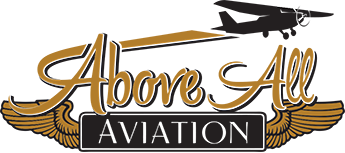Commercial pilot
Seeking a career in aviation? After accumulating 250 hours of flight time you can earn your Commercial Pilot Certificate and may be compensated for flying. Training for the certificate focuses on a better understanding of regulations, airworthiness standards, aircraft systems and a higher standard of airmanship. The commercial certificate itself does not allow a pilot to fly in instrument meteorological conditions. For aircraft categories where an instrument rating is available, commercial pilots without an instrument rating are restricted to daytime flight within 50 nautical miles (93 km) when flying for hire.
A commercial airplane pilot must be able to operate either a complex airplane or a technically advanced airplane (TAA), as a specific number of hours of complex or TAA (or turbine-powered) aircraft time are among the prerequisites for the certificate.
Requirements
The requirements are:
Be at least 18 years of age
Hold a Private Pilot certificate
Hold at least a Third Class Medical Certificate
Pass the FAA aeronautical knowledge test (passing grade is 70)
Pass the Practical Exam (oral and flight)
Accumulate and log a specified amount of training and experience; the following are part of the airplane single-engine land class rating requirements:
If training under Part 61, at least 250 hours of flight time including:
20 hours of training with an instructor, to include:
10 hours of instrument training
10 hours in a complex or technically advanced aircraft
One 2-hour day cross-country flight greater than 100 nm from the original point of departure
One 2-hour night cross-country flight greater than 100 nm from the original point of departure
10 hours of solo flight, including
one cross-country flight of not less than 300 nautical miles total distance, with landings at a minimum of three points, one of which is a straight-line distance of at least 250 nautical miles from the original departure point)
5 hours of night VFR with 10 takeoffs and landings at a towered airport
If training under Part 141, at least 190 hours of training time including 55 hours with an instructor and 10 hours of solo flight, and other requirements including several cross-country, solo, and night flights
By itself, this certificate does not permit the pilot to set up an operation that carries members of the public for hire; such operations are governed by other regulations. Otherwise, a commercial pilot can be paid for certain types of operation, such as banner towing, agricultural application, and photography, and can be paid for instructing if the pilot holds a flight instructor certificate. To fly for hire, the pilot must hold a second class medical certificate, which is valid for 12 months.
Often, the commercial certificate reduces the pilot’s insurance premiums, as it is evidence of training to a higher safety standard.

